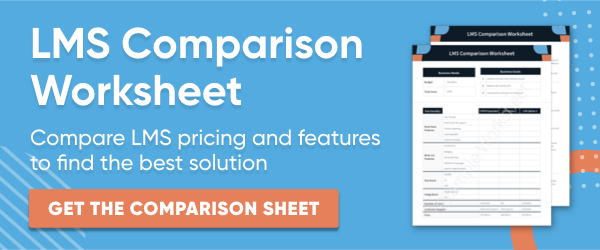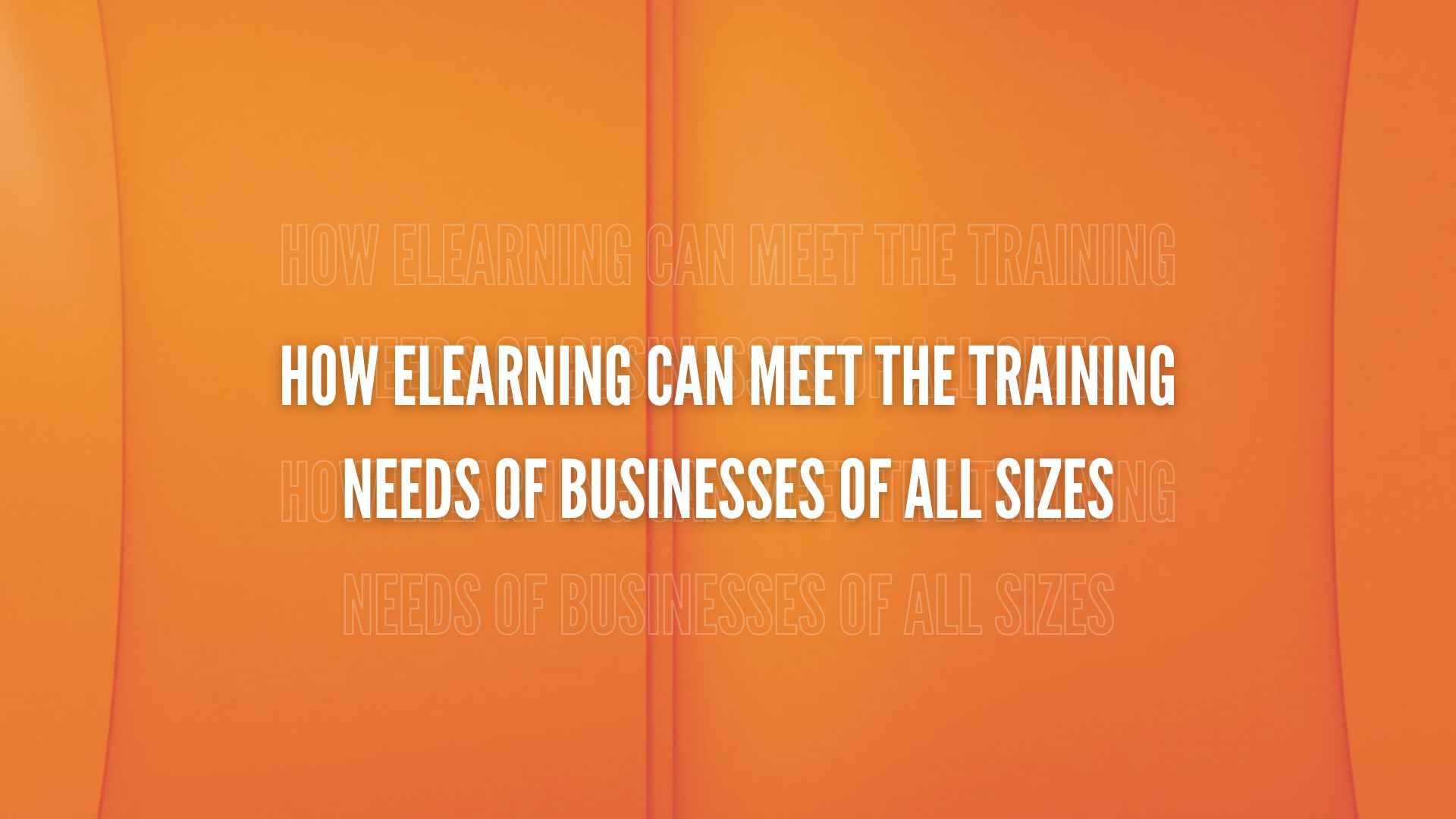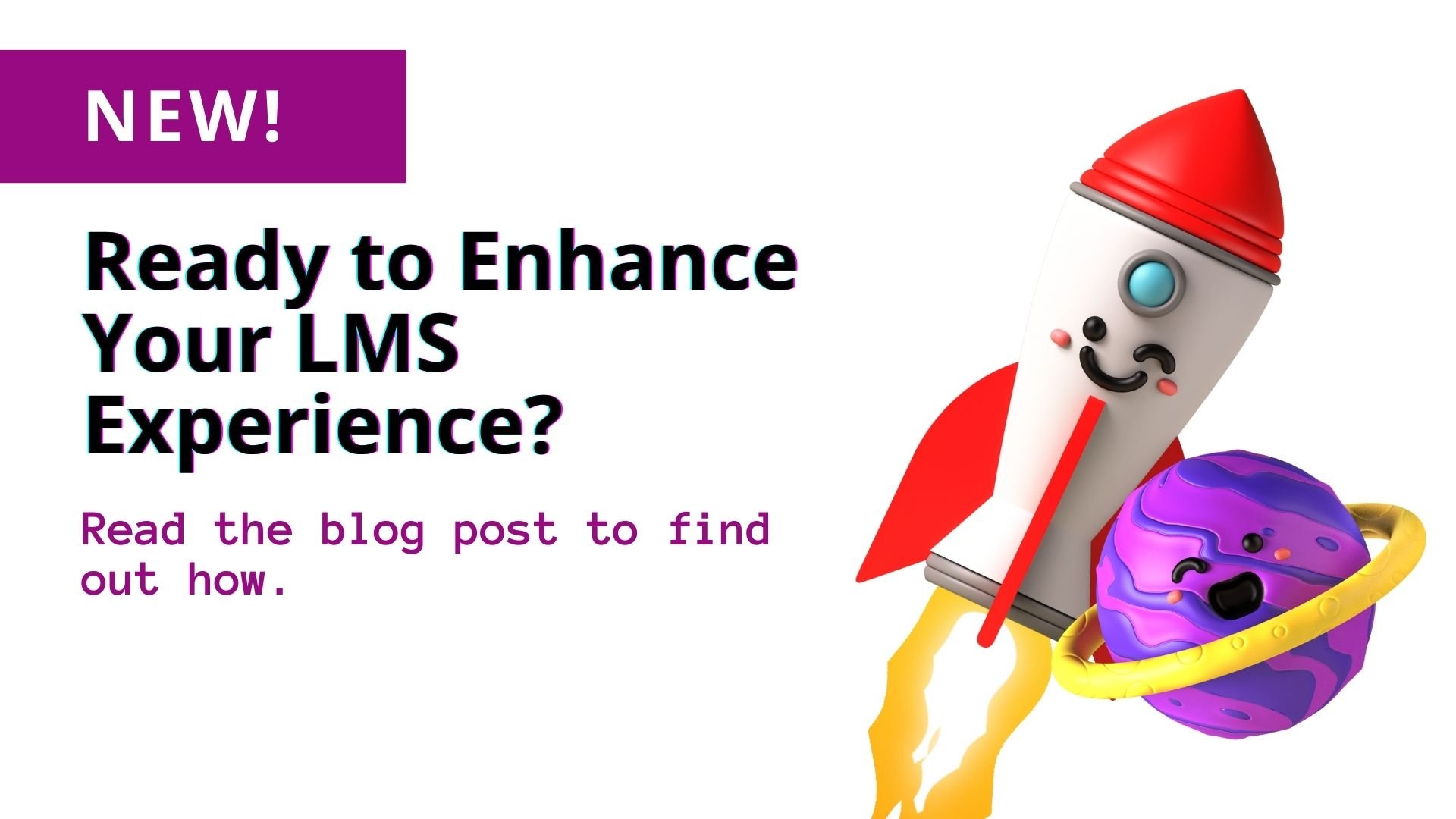Research shows that nearly half of all organizations want to ‘fire’ their social learning management system (LMS). This statistic speaks volumes about the usefulness of the average eLearning system. Companies put in place a learning management system for a variety of reasons. These boil down to convenience, efficiency and cost.
Organizational leaders have full plates. They need as much help as they can get with training their personnel. It can be hard to create a positive, unique company culture. It's also necessary to lower their corporation’s bottom line. If a learning management system can’t assist them in these areas, it has failed its purpose. But, there is hope. For every fail, there is a cure.

3 Reasons Learning Management Systems Fail (And How To Avoid Them)
There are many reasons learning management systems fail. All can either be avoided altogether or mitigated. Here are three examples:
1. Learning Management Systems May Not Ease Learning
Above all else, an LMS should help employees learn. Social learning platforms were designed to promote training. Any LMS that is not effective at training people is insufficient. In his article, "Why Do LMSs Fail?," Steve Deneen wrote that most eLearning platforms are "not good at facilitating learning". He gave several reasons for this.
First, he explained that the average LMS is not designed for learners. Instead, it is designed for learning administrators. He wrote, “LMSs are, and always were, designed to track learners’ activity as their raison d’être. So, the key decision criteria in purchasing an LMS is still reporting and integration. Often, the user experience does not come under consideration.”
Before investing in an LMS, it is wise for companies to launch a free demo or trial of the platform. This makes it possible to determine whether it meets employees’ learning needs. Company leaders already saddled with a system that doesn’t promote learning can make the best of things by maximizing microlearning, which is proven to increase learning retention. Also, these individuals should make good use of their LMS’s social/collaborative learning features. Because, these features are often the most engaging to learners.
2. Difficult LMS Implementation And Maintenance
A number of companies have found that implementing certain eLearning systems is difficult. The implementation of some systems is so complicated that the LMS never gets properly launched and therefore cannot be fully utilized.
Also, some eLearning systems are not maintained by their service provider. These systems require the attention of a company’s IT department. This means maintenance of the system will increase expenses. It can also consume the time of IT workers. To remedy this, it's best to switch to an LMS that also provides easy integration with your existing systems. Once implemented and maintained by a service provider that offers ongoing support.
→ Learn More About Our Tin Can API LMS
3. Hidden Costs With Learning Management Systems
Some learning management systems are laden with hidden costs. This is not uncommon for many software products and services. An LMS provider’s claim that a learning platform is reasonably priced can draw clients in. Unfortunately, the clients find out the hard way that this is not the case and that the LMS came with per-user fees.
To gain efficiency and control training costs, look for flat rate LMS pricing. That allows for unlimited users without extra costs.
Training costs can be minimized in several ways. For example, with eLearning, employees have less of a need to travel for training. Since travel costs can be considerable, this saves companies a lot of money. Also, paper and physical materials used in classroom-style training can be quite pricey. eLearning doesn’t require these materials. This adds up to serious savings over time. Additionally, instructors must be hired to train employees in a traditional learning situation. These experts often charge high fees for their services.
eLearning systems reduce the need for in-house instructors. A Judith B. Strother report revealed that, by switching from classroom-style learning to blended learning, Ernst and Young reduced its training costs by 35 percent. It also reduced its training time by 52 percent.
If a company’s learning management system is not producing results like these, it has missed the mark. The right LMS can lower a corporation’s bottom line. Company leaders can help ensure this by choosing a full-featured LMS. One that is also free of per-user fees.
If a social learning management system can’t be easily implemented and maintained, doesn’t facilitate training and learning, and has per-user fees, you may be among the 50 percent of companies that are dissatisfied with their learning management system.
Some of these issues can be remedied by changing the way learning management systems are utilized and by maximizing the use of certain features. However, some LMS faults can only be mitigated by launching a new, more effective learning management system.
References:
- https://www.linkedin.com/pulse/why-do-lmss-fail-steve-dineen
- http://blog.grovo.com/microlearning-22-percent-more-retention/
- http://www.irrodl.org/index.php/irrodl/article/viewArticle/83/160Tauber?utm_campaign=elearningindustry.com&utm_source=%2Fdramatically-reduce-corporate-training-costs&utm_medium=link







